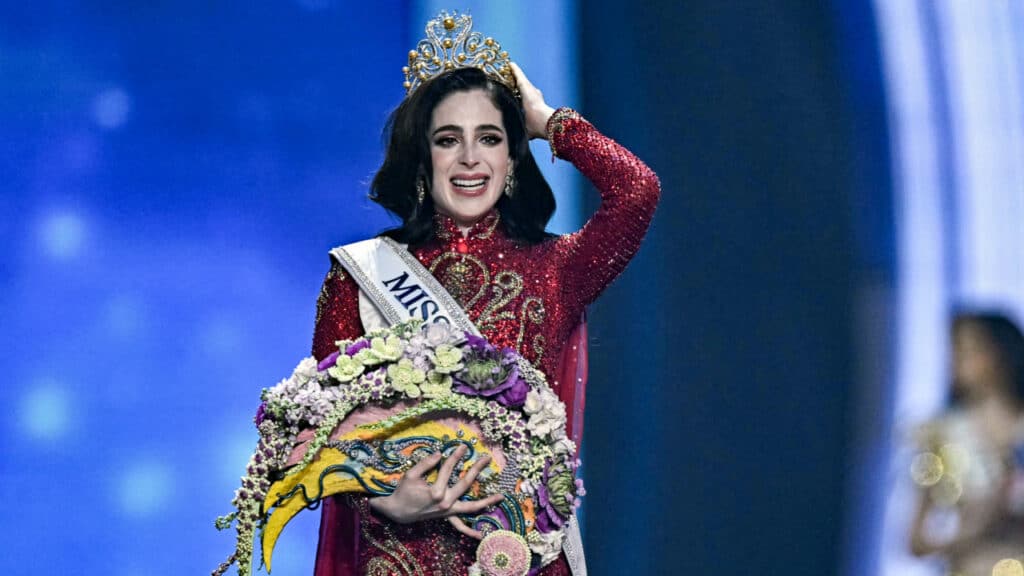Hunting Like a Girl: Ancient Remains Prove Women Were the Original Big-Game Hunters
According to science, it’s time to flip the script on what we think we know about our ancestors. You’ve probably heard the old-school “man-the-hunter” theory. It’s been ingrained in our heads that men hunted while women gathered berries and cared for the cave. Well, guess what? A 9,000-year-old burial site in the Andes is challenging that stereotype in a big way.
Meet WMP6, a burial site with the bones of a young woman in a full hunting toolkit. Yes, a woman—and she wasn’t just dabbling in hunting; she was fully equipped to take down big game.
According to a study published in Science Advances, researchers found 9,000-year-old remains. They included 20 stone projectiles and several stacked blades.
Their biggest find, however, was dismantling the gender role myth
Researcher Randall Haas and his team found the ancient tomb at an archaeological site in Peru. The remains were located at an altitude of 4,000 meters.
At first, Haas believed it was a prime hunting man. “Everyone was talking about him being a great chief, a great man,” Haas told Science Magazine. However, after studying the body closely, they realized that the bones were female.
She was a girl between the ages of 17 and 19. Analysis of the teeth determined that she had a hunter’s diet. She was buried with four projectile points that would have been attached to short spears for hunting, several cutting blades, a possible knife, and scraper tools “likely used for processing animal hides and meat.”
Further findings confirmed that women and men did, in fact, share hunting responsibilities.
Haas and his team explored 107 sites from the same period. They found ten women and 16 men with hunting objects. They estimate that the percentage range of sexes that comprised the hunting groups included 30-50% women.
This means that “primitive big game hunting was probably sex-neutral or nearly so,” the team wrote.
“Work practices among recent hunter-gatherer societies are highly gendered, which might lead some to believe that sexist inequalities in things like pay or rank are somehow ‘natural,'” Haas told Science Focus. “But it is now clear that the sexual division of labor was fundamentally different—probably more equitable—in our species’ deep hunter-gatherer past.”
Who then came up with the idea that women couldn’t be hunters?
According to Science Magazine, the “man the hunter hypothesis” emerged as an uncontested theory from an influential symposium in Chicago in 1966. The researchers, almost all men, agreed that, in the course of human evolution, men hunted and women gathered.
As Haas writes in his research, this theory had other arguments such as “life history traits related to pregnancy and child care, which constrain female subsistence opportunities.”
However, it didn’t take scientists a second to assume this was the norm. In fact, along with religion, these precepts have kept women condemned to a role that is not always the one of their choice.
Haas said his findings have made him rethink the most basic organizational structure of ancient hunter-gatherer groups and human groups in general.
“Among historical and contemporary hunter-gatherers, it is almost always the males who are the hunters and the females who are the gatherers,” he explained. “For this reason, and probably because of sexist biases about the division of labor in Western society, archaeological finds of women with hunting tools did not fit the prevailing worldview.”
“It took a strong argument to help us recognize that the archaeological pattern indicated real female hunting behavior,” he concluded.
So, next time someone tries to tell you that women belong in the kitchen, hit them with this: women were hunting big game thousands of years ago, and we’ve been shattering expectations ever since.




